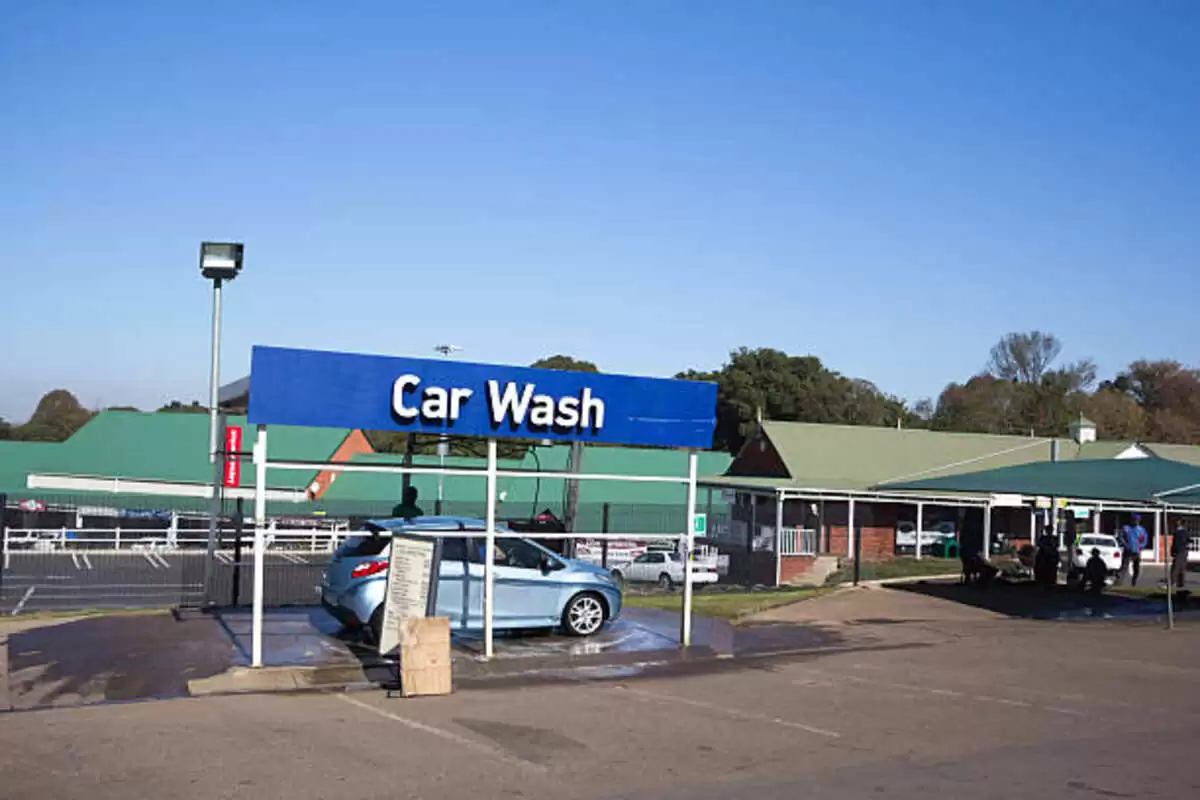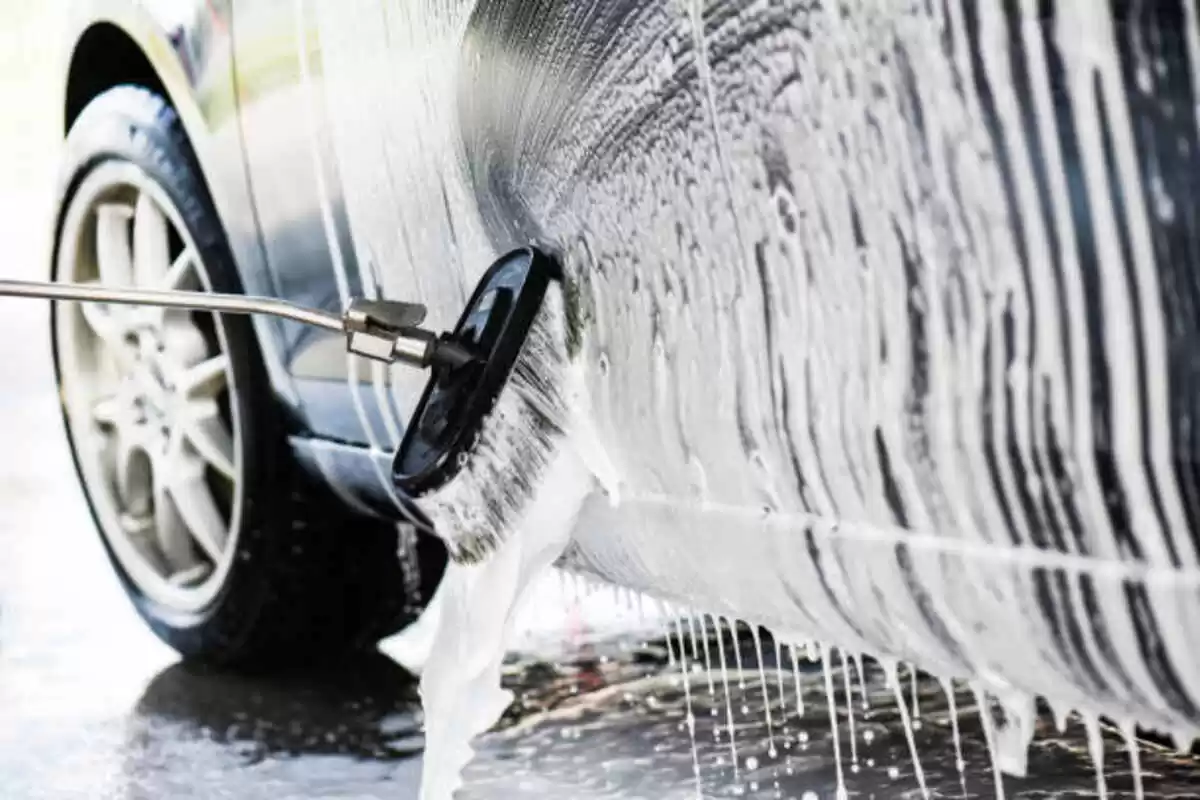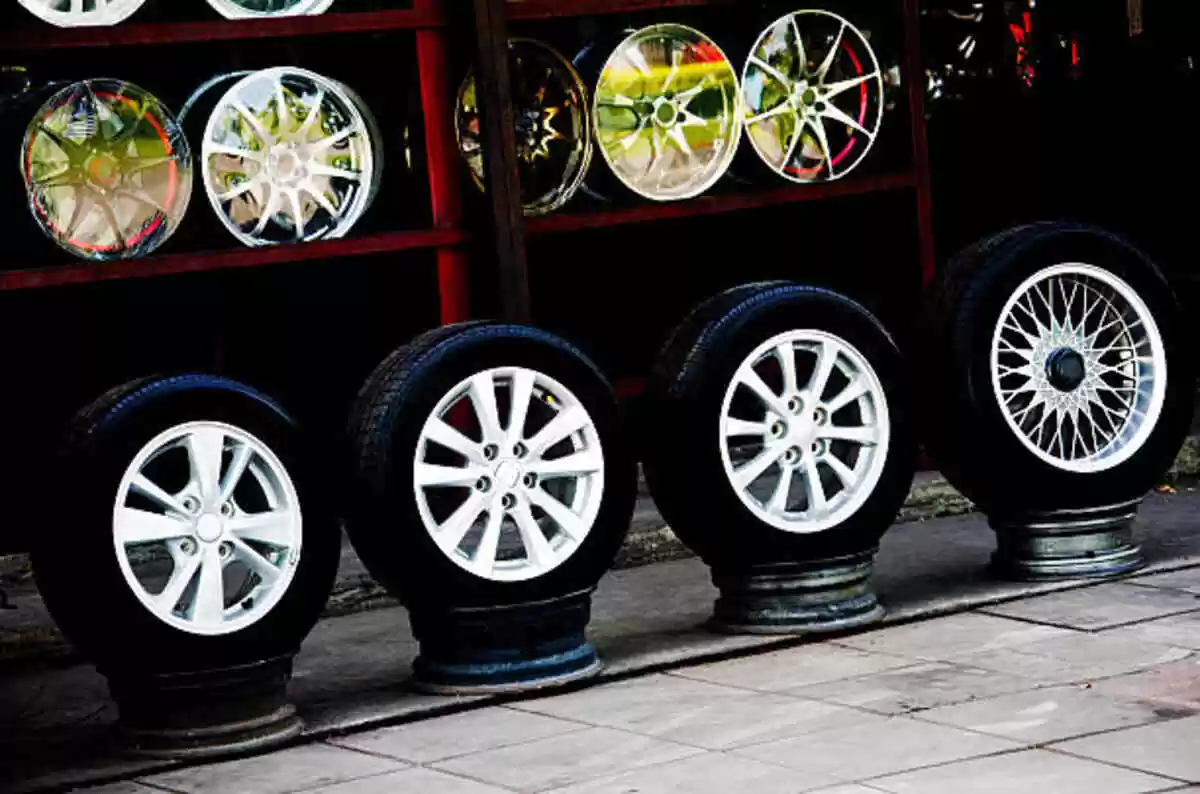TOKYO — Japanese electronics and battery giant Panasonic wants to at least triple electric vehicle battery production capacity in North America through 2029 to supply new customers.
In ramping up regional output to meet growing forecasts for EVs, Panasonic also aims to increase local sourcing of battery materials, targeting a 50 percent local procurement rate.
“The North American market will be our focal point,” Panasonic Energy CEO Kazuo Tadanobu said during Panasonic’s annual Investors’ Relations Day presentation here on Wednesday.
“From a number of customers, we have received specific requests,” he said.
Panasonic Energy Co., which makes batteries for Tesla Inc., will commercialize its next-generation 4680 cylindrical lithium ion batteries for Tesla EVs and potentially other auto companies in the fiscal year ending March 31, 2024.
The supplier will initially make the new batteries at its Wakayama factory in western Japan. But Panasonic is reportedly scouting potential North American sites as part of the production expansion.
Panasonic expects its North American capacity to triple or quadruple by the fiscal year ending March 31, 2029, Tadanobu said. New customers are currently evaluating the 4680 battery, he added.
Panasonic Energy is part of Panasonic Holdings Corp., which is making the automotive sector a pillar of future growth. In other investors’ day presentations, Panasonic’s automotive division outlined plans to focus on cockpit systems and electronics as key profit drivers.
Panasonic’s energy unit said it shipped enough cells in the just-ended fiscal year to equip about 1.7 million EVs. That includes the company’s first-generation 1865 battery and second-generation 2170 battery. Pilot production of the bigger 4680 cells began in Japan in May.
Panasonic expects 30 percent of global new-vehicle sales to be EVs in 2030 — representing about 35 million vehicles, Panasonic Automotive Systems Co. CEO Masashi Nagayasu said.
The auto division sees big potential in high-output on-board chargers for EVs, especially 800-volt setups, Nagayasu said. Another focal point is user interface and cockpit domain controllers, essentially the software that connects cockpit electronics to the vehicle’s hardware.
Nagayasu said that as a tech-sector powerhouse, Panasonic has a built-in advantage in supplying such software.
“This is something we have nurtured that carmakers are unable to do,” he said.
Panasonic said in April it will invest about ¥400 billion ($3.12 billion) in the period through March 2025 in growth segments that include electric vehicle battery cells.





